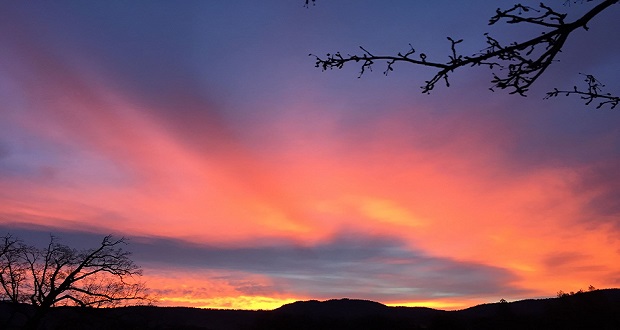NORTHERN HEMISPHERE — Winter Solstice this year will be enhanced by the presence of a full moon and the peaking of a major meteor shower.
Winter Solstice is the shortest day of the year, with the longest night, marking the point during the year when the Northern Hemisphere is the most inclined away from the Sun.
The day marks the official start of winter, yet each day from now on will grow ever-so-gradually longer as the sun returns. On Winter Solstice, the polar North receives no energy from the Sun. After the solstice, which falls on December 21 or 22 every year, the days begin to lengthen.
Locally, Solstice will occur precisely at 2:23 p.m. on Friday, Dec. 21, PST.
Worldwide, interpretation of the event has varied across cultures. Many have held a recognition of rebirth, involving holidays, festivals, gatherings, rituals or other celebrations around that time. Lighting lanterns or candles, ringing bells, and burning wishes in a fire are all ways families can celebrate the solstice and return of light.
The Full Cold Moon, or Long Night Moon (as the December full moon is sometimes called), will rise at 9:49 a.m. on Saturday, Dec. 22, and will be visibly full on Friday night. Enjoy the show!
Finally, the Ursid meteor shower peaks over the weekend, and it may be viewed from a dark spot near you, if the moon’s not too bright. For more information on what’s happening celestially, check out the Old Farmer’s Almanac and EarthSky.org.
Welcome, winter! Would it be too much to ask for rain?




